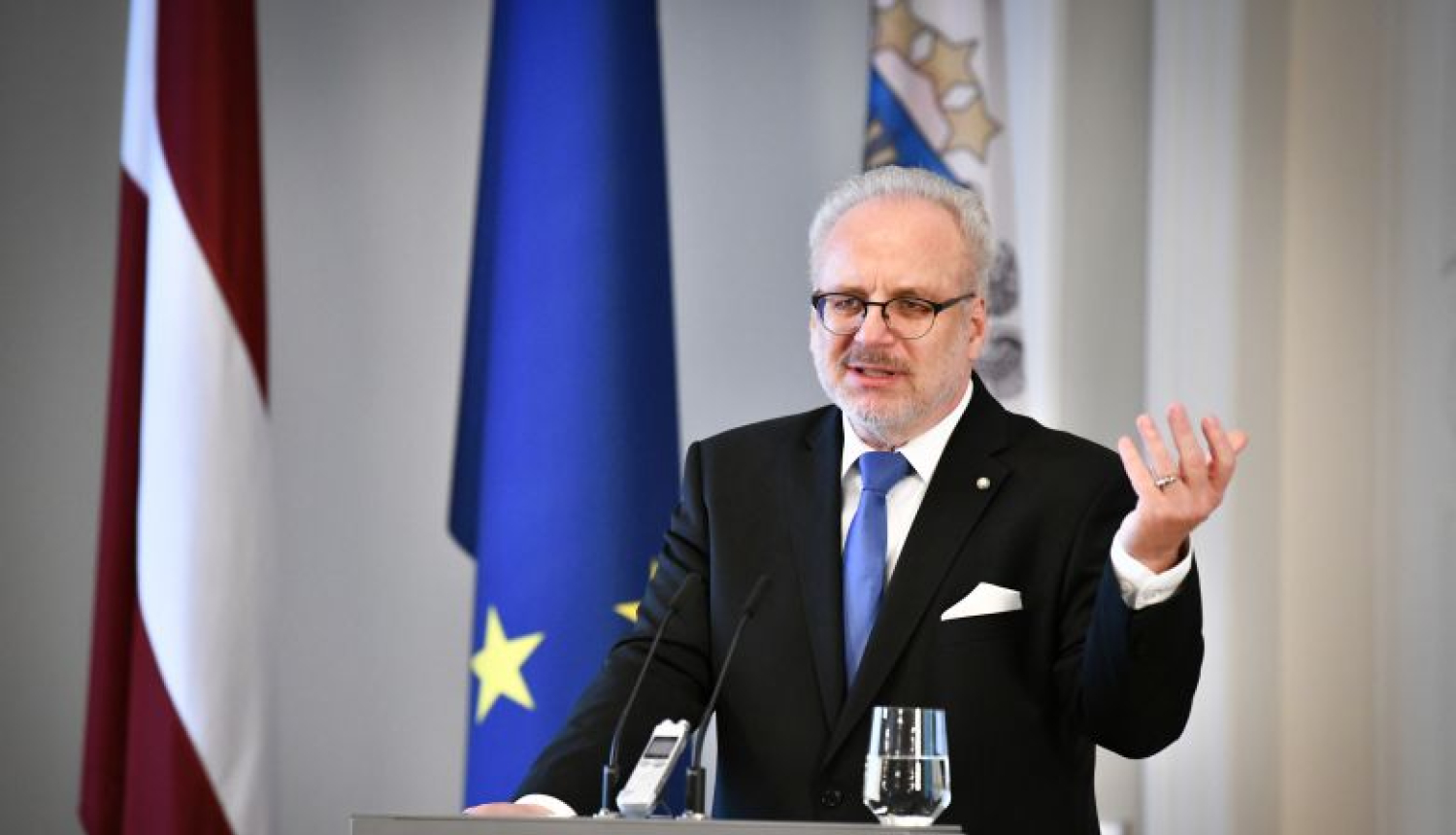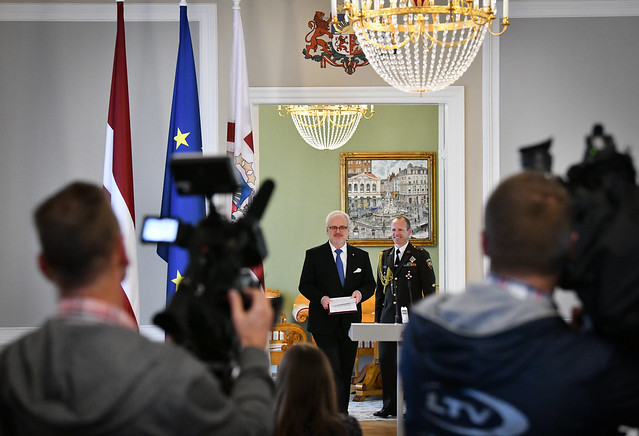Today I am handing the draft law on historical Latvian lands to the Saeima. The purpose of the bill is to strengthen the sense of belonging of people to their local communities and historical lands: Kurzeme, Latgale, Sēlija, Zemgale and Vidzeme. It also distinguishes four officially recognised cultural spaces: Suiti, Rucava, Liv coast, and ‘Upīte’, and also covers other topics in addition to these registered cultural spaces.
Latvianness is not flat and standardised as we were told and should have believed according to policy established by occupation power aimed at reducing the power and historic depth of the Latvian identity. And now, 30 years after regaining of national independence, when a whole generation has grown up in sovereign Latvia, we are gradually beginning to come to terms with historic depth of our identity, something that many other European countries have done a long time ago because they were not cut off or on the verge of extinction by policies of an occupation regime.
I have initiated this law because the state should not be a neutral observer and should actively support the proposal that comes from grassroots. This bill essentially urges us to recognize the diversity of the Latvianness. We should not treat it as given. We should nurture it, and for that we need a meaningful policy.
This bill is grounded in the preamble of the constitution, Satversme. Preamble, of course, provides that the Latvian State should guarantee the existence and development of the Latvian nation, its language and culture throughout the centuries. It clearly talks about sustainability. And, if we focus on the notion of culture, we will also see that culture must be sustainable and there are two time dimensions to its sustainability: past and future. This bill covers both of them. We must, of course, take care of our heritage, but we are also constantly, every day, every month and every year, adding new historic layers to it to keep it evolving. If future generations will have the same access to Latvianness in all its diversity that we can appreciate today, we will be able to safely say that the law has fulfilled its goal.
We are living in the age of globalisation and unification. We as Latvians and the Latvian State, of course, have a particular obligation to continue deepening our identity. Bill establishes the link between smaller village-type settlements or towns and one of the five historical Latvian lands: Kurzeme, Vidzeme, Latgale, Zemgale and Sēlija. Historical Latvian lands is a term that can be found in Satversme. However, until now no further detail had been given. These historical lands had always been in the back of our minds, and now we will have much clearer understanding of what that implies thanks to the new law. Let me underline that there are no borders between these lands. There are only touchlines. Culture, language and people, of course, are not constricted by borders of particular identity.
In the sense of this law, Latvianness is open. It, of course, embraces the cultural space of Livs, the indigenous people of Latvia, and cross-fertilisation with cultures of ethnic groups traditionally inhabiting Latvia. As I already mentioned, the law covers smaller cultural spaces. These four have already been officially registered, but there are many more small local cultural spaces that represent a unique identity. Take, for example, Piebalga. We all know where Piebalga is, and its distinct features. But it is not officially recognized, and it is considered only one of the smaller cultural spaces that comprise the region of Vidzeme.
We have to constantly remind ourselves that these lands and these cultural micro spaces are sustainable values that determine our identity, historical depth and openness to the future characteristic to Western countries that did not suffer from totalitarian power and whose identity was not ‘squashed’ and relegated to a mere ‘decoration’, a routine with cliche folk costumes ‘flattening’ the Latvianness.
How will this law work? Horizontal policies and cooperation, participation of central and local government are indispensable to achieving goals set in the law. That is why we will work on the historical lands and cultural spaces development plan (Plan), which will play a fundamental role. This task will have to be tackled by Ministry of Culture and it has already started working on the Plan. This plan will create the support framework, but proposals absolutely need to come from local level, cultural spaces, lands, the people. If people realise that, have the necessary will, the law will support them, and the government will also have to act as the facilitator.
This Plan is the tool for cooperation. There will also be historical Latvian land development councils made up of responsible line ministers who will meet once a year to take stock of the implementation of the law and verify that the law does not remain only on paper.
Introduction of the law contains a preamble. There are other laws that have preamble, as well. For example, the Citizenship Law. The main purpose of the preamble is to define the scope of the law. It is absolutely crucial for those citizens and institutions that are affected or responsible for the application of the law.
One of the annexes of the law is the map of historical Latvian lands created by experts in line with scientific standards and evidence. Members of the parliament will definitely have a debate about it, but this map really embodies our perception of what Vidzeme or Latgale is, offering a much more precise depiction on map.
I would like to conclude by expressing hope that Saeima will support the draft law. A couple of days ago I met with leaders of political groups of the Saeima to discuss the bill. They confirmed that proposed law meets the constitutional standards and for the first time ever reinforces the provisions of Satversme regarding our heritage and culture. I hope the general public will support it and will use the powers given to them by the law in full. Law is now up for debate in the Saeima, it must go through all legislative procedures and will hopefully be passed by the end of this year.





